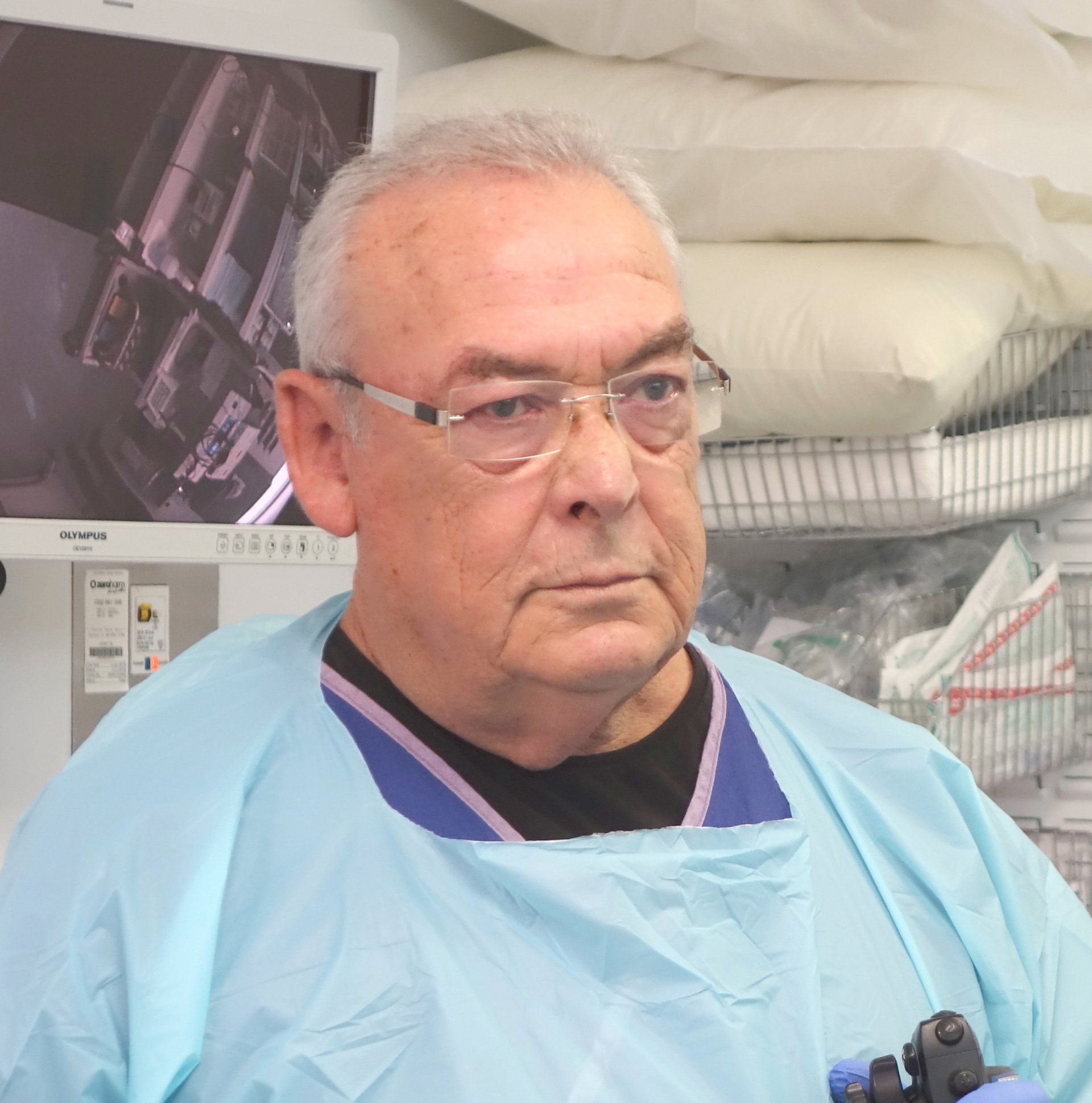Infusions
What Are Infusions?
Intravenous iron infusion is the supplementation of iron in the body using an IV route.
It is a necessary method to deliver iron in the body when the patient can’t take oral iron or is bleeding too fast and needs faster iron replacement.
Why Have an Iron Infusion?
Iron is very important in maintaining many body functions, including the production of haemoglobin, the molecule in your blood that carries oxygen. Iron is also necessary to maintain healthy cells, skin, hair, and nails. If you have fewer red blood cells than is normal, your organs and tissues will not get as much iron.
Even if the cause of the iron deficiency can be identified and treated, it is still usually necessary to take medicinal iron (more iron than a multivitamin can provide) until the deficiency is corrected and the body’s iron stores are replenished.
In some cases, if the cause cannot be identified or corrected, the patient may have to receive supplemental iron on an ongoing basis.
Treatment of Iron Deficiency
Even if the cause of the iron deficiency
can be identified and treated, it is still usually necessary to take medicinal iron (more iron than a multivitamin can provide) until the deficiency is corrected and the body’s iron stores are replenished. In some cases, if the cause cannot be identified or corrected, the patient may have to receive supplemental iron on an ongoing basis.
There are several ways to increase iron intake:
Intravenous Iron (Infusion)
Since the approval of a new iron formulation called FerInject is covered by Medicare for eligible patients, more and more people have chosen to have iron given intravenously.
Unlike previous formulations that must be diluted and given slowly over 6-7 hours, the new preparation FerInject can be given over 15 minutes.
The advantages of an iron infusion include the immediate boost in iron stores and the avoidance of common side effect of oral iron (constipation). Liquid iron can be expensive if taken for an extended period of time (often months).
There is no sedation involved and you can drive back to work after the infusion.
Iron Rich Foods
Many foods contain iron, including:
- Meat: beef, pork, or lamb, especially organ meats such as liver
- Poultry: chicken, turkey, and duck, especially liver and dark meat
- Fish, especially shellfish, sardines, and anchovies
- Leafy green members of the cabbage family including broccoli, kale, turnip greens
- Legumes, peas
- Iron-enriched pastas, grains, rice, and cereals
Medicinal Iron
The amount of iron needed to treat patients with iron deficiency is higher than the amount found in most daily multivitamin supplements. The amount of iron prescribed by your doctor will be in milligrams (mg) of elemental iron.
Most people with iron deficiency need 150-200 mg per day of elemental iron (2 to 5 mg of iron per kilogram of body weight per day). Possible side effects of iron tablets include abdominal discomfort, nausea, vomiting, diarrhoea, constipation, and dark stools. It will also take months for the iron stores to be.
What Conditions Does Infusion Help?
Intravenous iron infusion helps people who have iron deficiency anemia or low iron in blood due to
- poor diet,
- cancers,
- ulcers,
- heavy menstruation,
- kidney failure or
- pregnancy.
Why Is Infusion Required?
Intravenous iron infusion is required where serum iron levels are dangerously low, where taking oral iron supplements or an iron rich diet won’t be effective or be too slow in increasing serum iron levels. In cases of severe iron deficiency, Hemoglobin (Hb) cannot be effectively produced resulting in weakness, low mood, dizziness, and even falling unconscious in serious cases.
Who Is Infusion Suitable for?
Intravenous iron infusion is required in a number of scenarios, some of which include:
- Patients who can’t take oral iron
- Patients actively bleeding from the gastrointestinal tract, requiring immediate replacement
- Patients with kidney failure, currently on dialysis
- Celiac disease patients
- Cancer patients
- Pregnant women with dangerously low iron levels, with risk of premature delivery
Preparation Before Infusion
The doctor may conduct a breath test in order to confirm H. Pylori infection, along with an endoscopy to determine the presence of ulcers and bleeding.
How Is Iron Infusion Given?
After being admitted by nursing staff and baseline observations have been taken (blood pressure, heart rate, temperature, respiratory rate and oxygen saturation), the doctor will insert a cannula into a small vein in the arm or back of the hand. Your nurse will then connect a medication line to the cannula containing 20mL of Iron solution (corresponding to 1g of Iron). The infusion will commence once you are comfortable and take approximately 15 minutes.
Once the infusion is complete, the medication line will be flushed with saline, disconnected, and removed just prior to discharge.
Repeat observations will be taken on completion of the infusion and you will be discharged shortly after when deemed safe by your nurse.
What Should I Expect After Infusion?
The doctor will devise a care plan for the patient and request follows up, several weeks apart. The patient will be given a diet plan to follow along, which will help increase their iron intake normally as well.
The patient can continue with daily life activities without any down time in almost all cases. The patient can expect relief from gastric symptoms and improved quality of life within a few weeks of starting treatment.
Possible Risk or Complications of Infusion
The possible risk of side effects are those associated with insertion of the intravenous cannula, which can result in an infection on the site of the cannula or bruising. In cases where the patient is allergic to iron infusion, the patient may immediately experience symptoms such as hives (rash), itching, difficulty breathing (wheezing) and swelling. This is a medical emergency and requires immediate attention.
A major consideration is to ensure that the person who inserts the intravenous cannula is very experienced at it.
At our Day Surgery facilities, all the cannulations are inserted by the Specialists or Anaesthetists, as this drastically reduces the risk of iron leaking from the vein to the surrounding tissue, which can leave a dark stain on your skin for a number of months. Other side effects are mild, and occur in 1 to 10% of patients, but tell your doctor immediately if you experience any of the following signs: rash (eg.hives), itching, wheezing and /or swelling of the lips, tongue, throat or body.
Following your Iron infusion you may:
- Eat and drink your normal diet
- Drive a vehicle
- Return to work
Dr Donald Walker
Write your caption hereMore
Dr Johan Van Den Bogaerde
Write your caption hereMore
Trusted for more than 25 Years
PANCREAS & BILIARY
Digestion Problems - Dyspepsia









